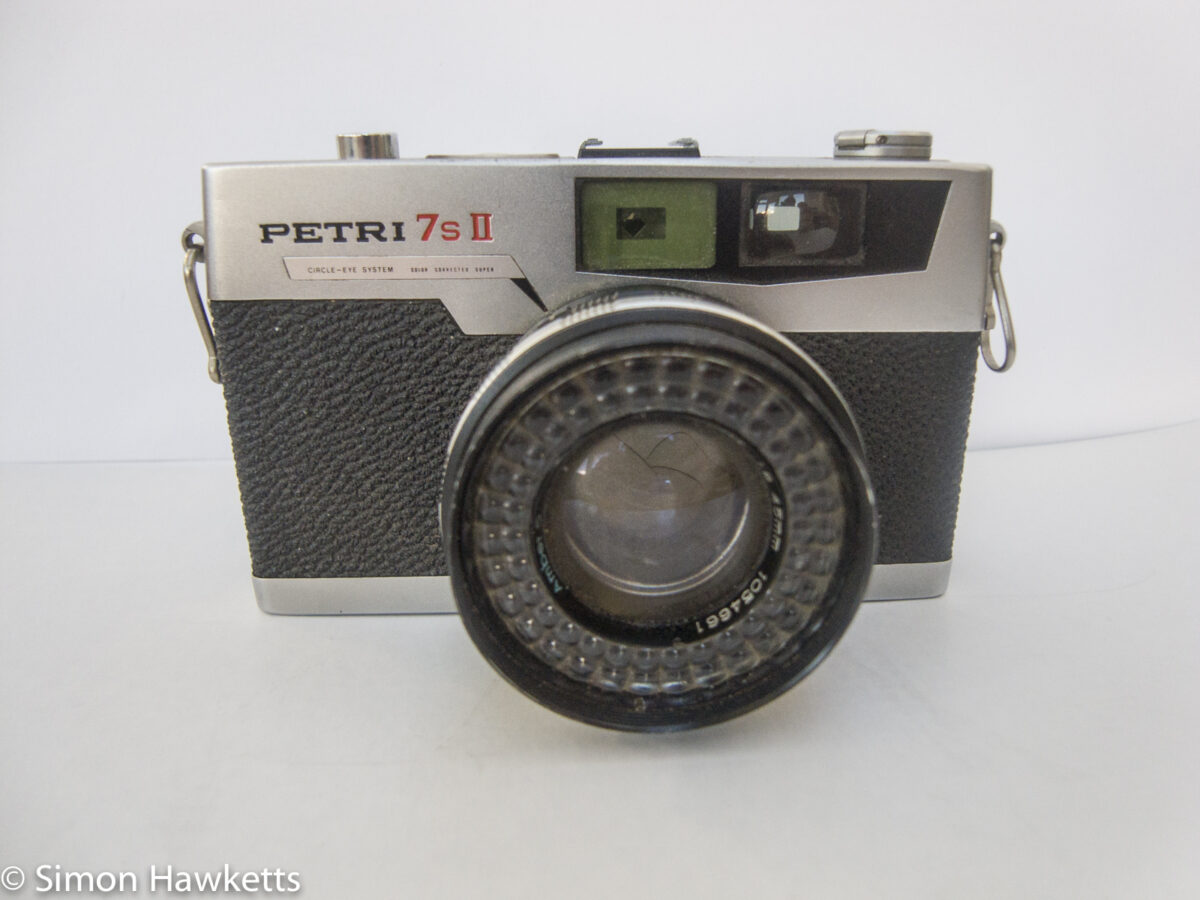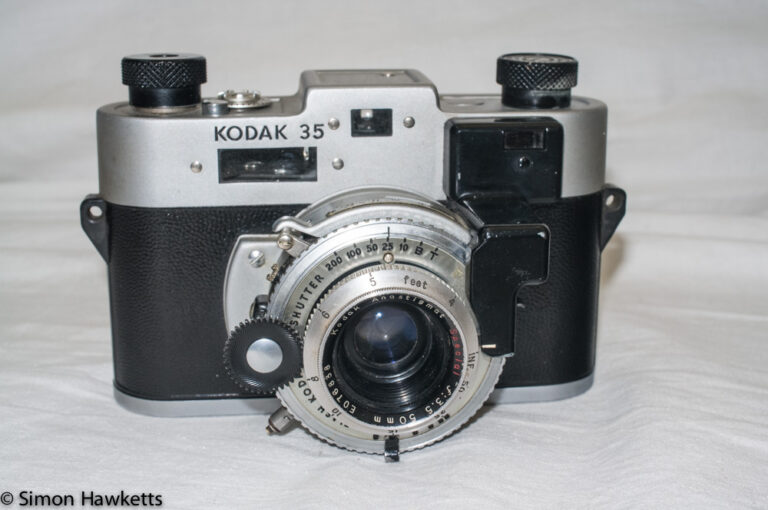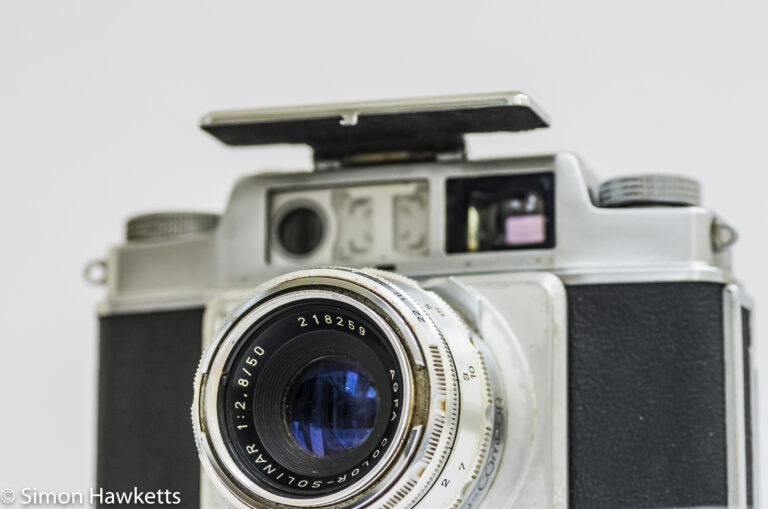Petri 7s II rangefinder camera
The Petri 7s II is a 35 mm rangefinder camera manufactured sometime in the mid 1970s. It was a replacement for the Petri 7s, which was in turn itself a replacement for the original Petri 7 manufactured from about 1960.
My Petri 7s II Camera
The Petri 7s II I own was one of the very first vintage cameras I bought from eBay. I purchased it for about £8 a few months ago, and so far I’ve done nothing with it other than make sure that the shutter fires, the aperture at least opens and closes, and the exposure system looks like it is doing the right thing as far as I can tell.
As the pictures below testify, I need to give it a good clean!
Pictures of the Petri 7s II

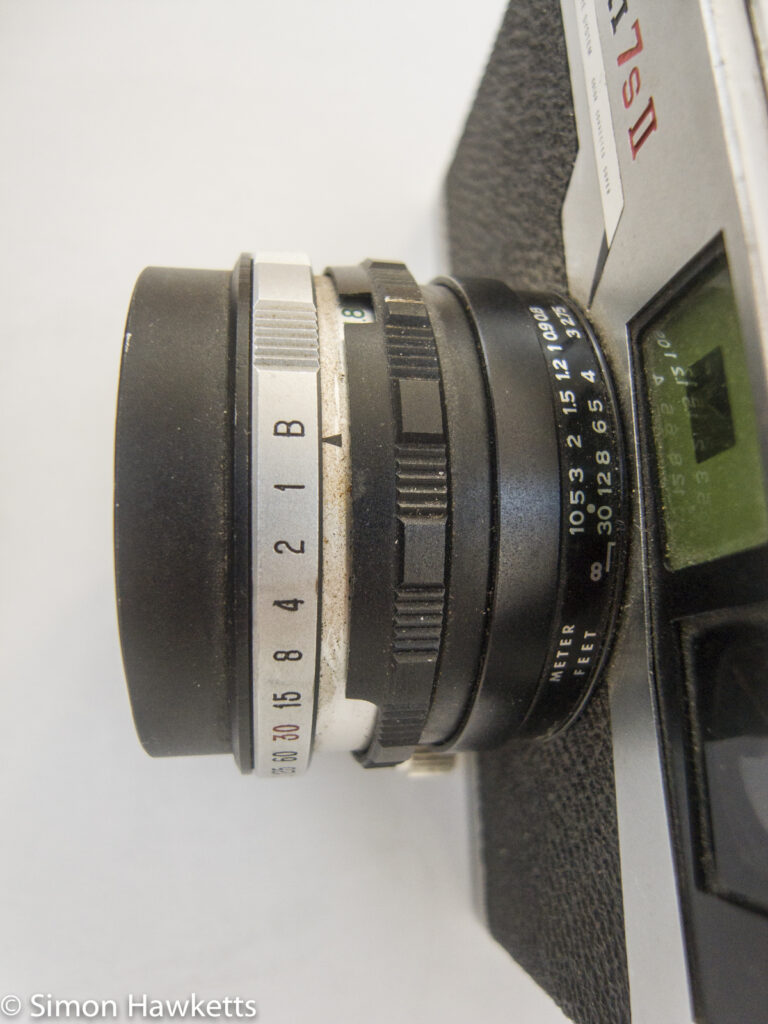
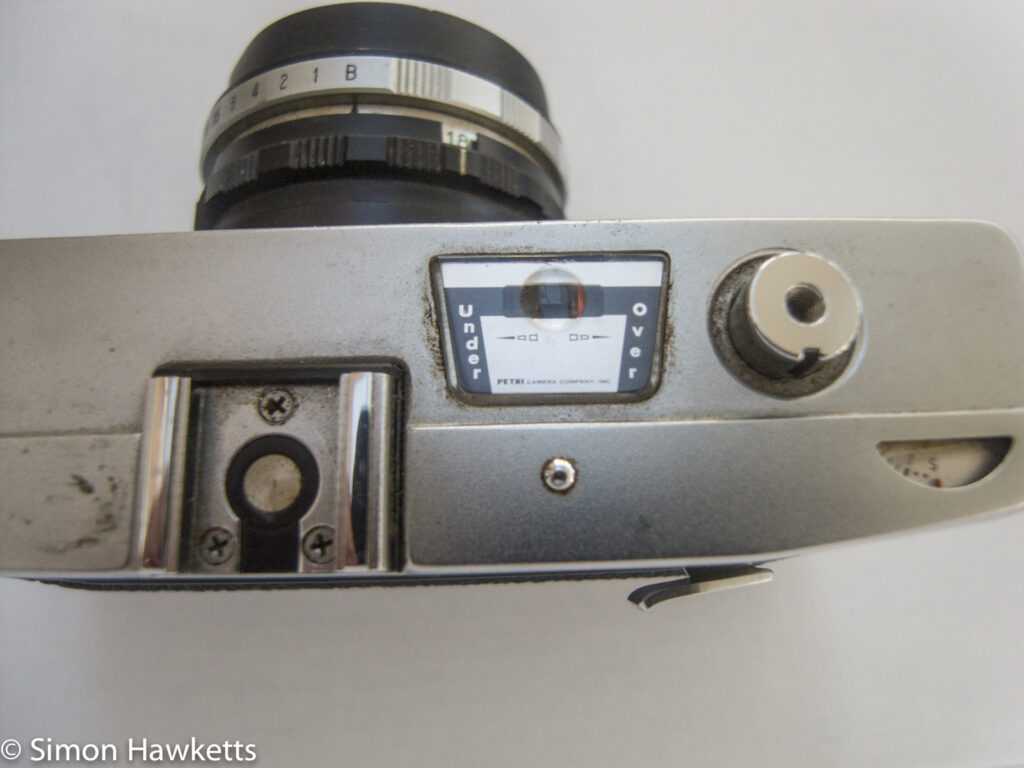
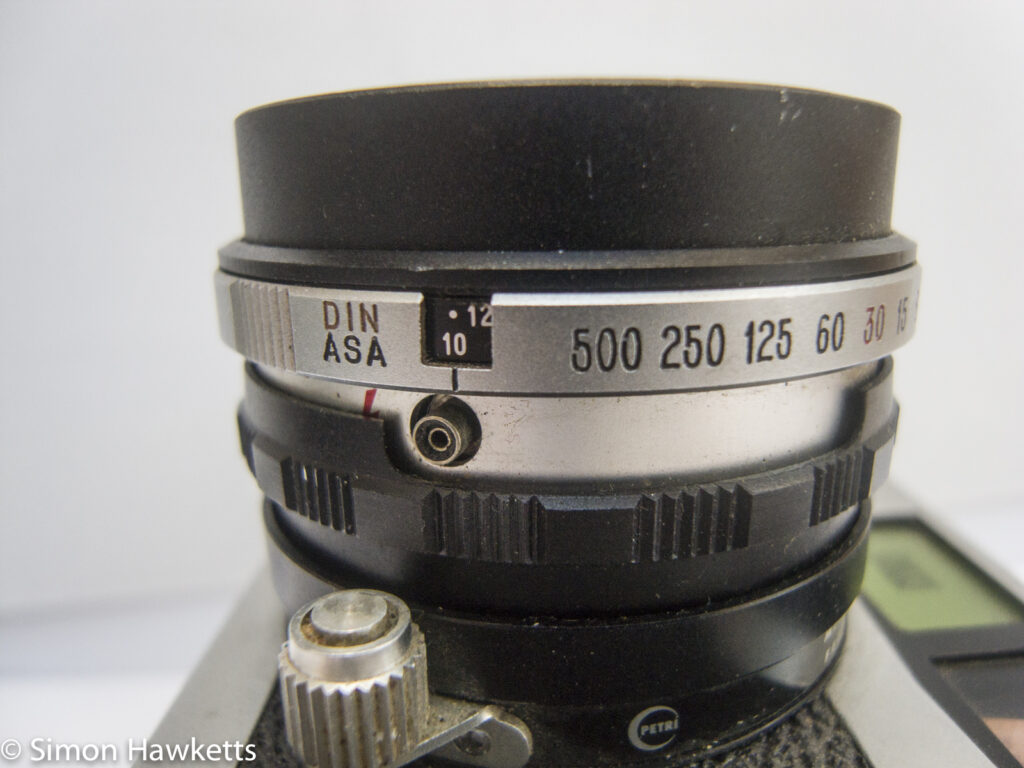
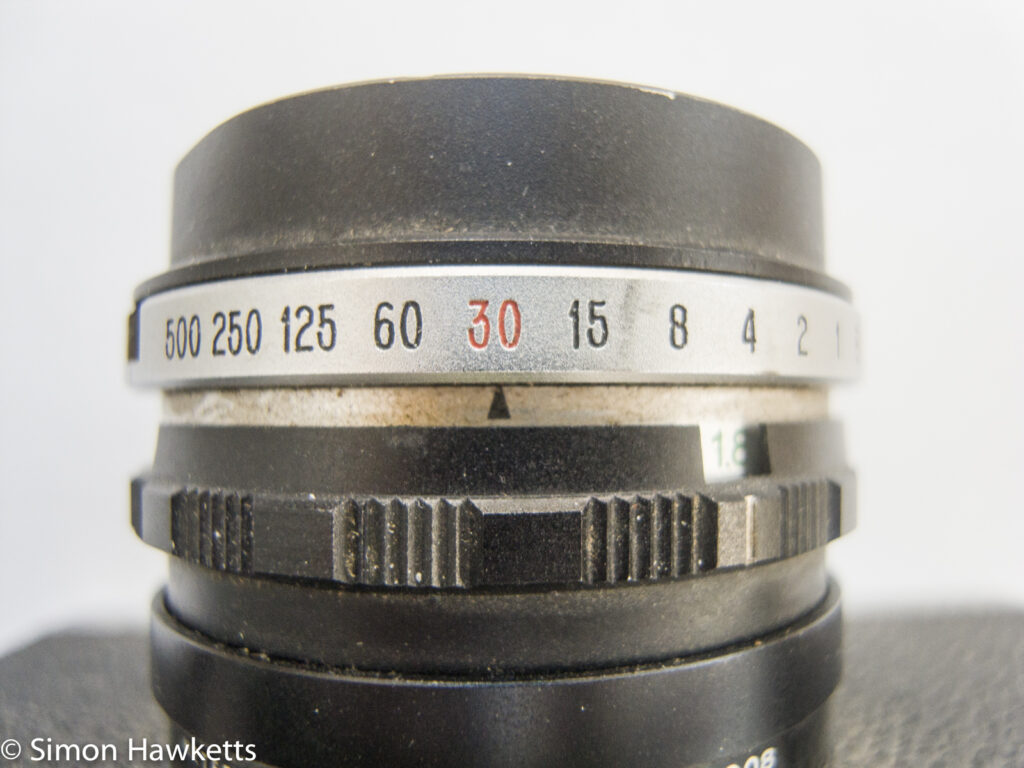
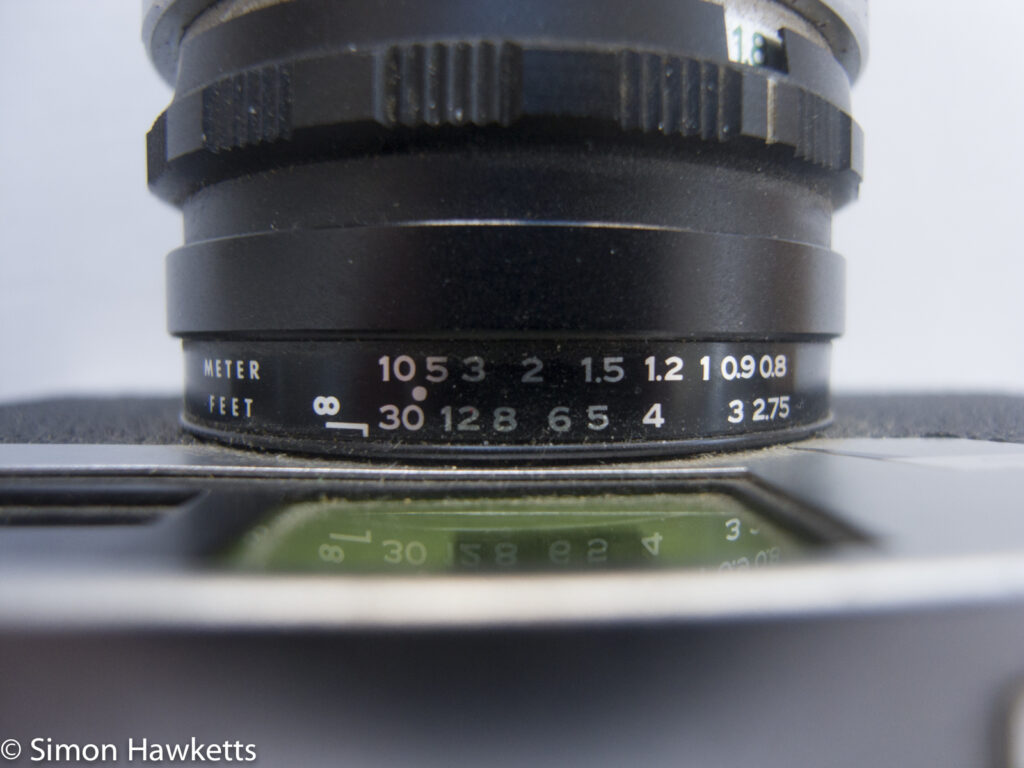
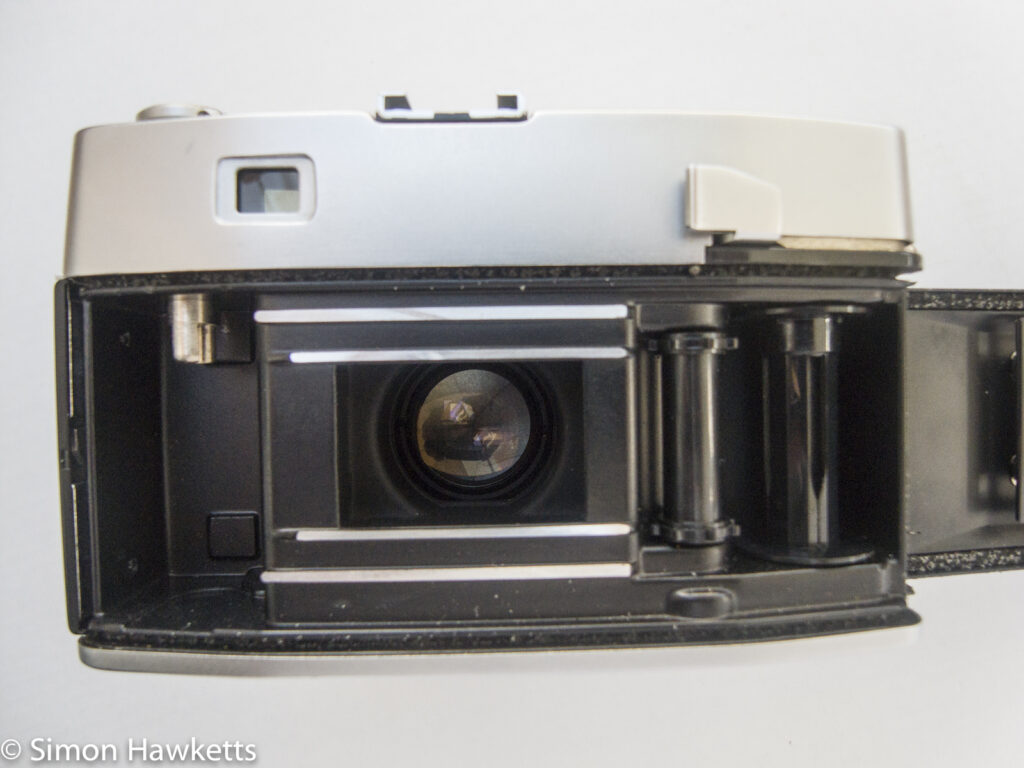
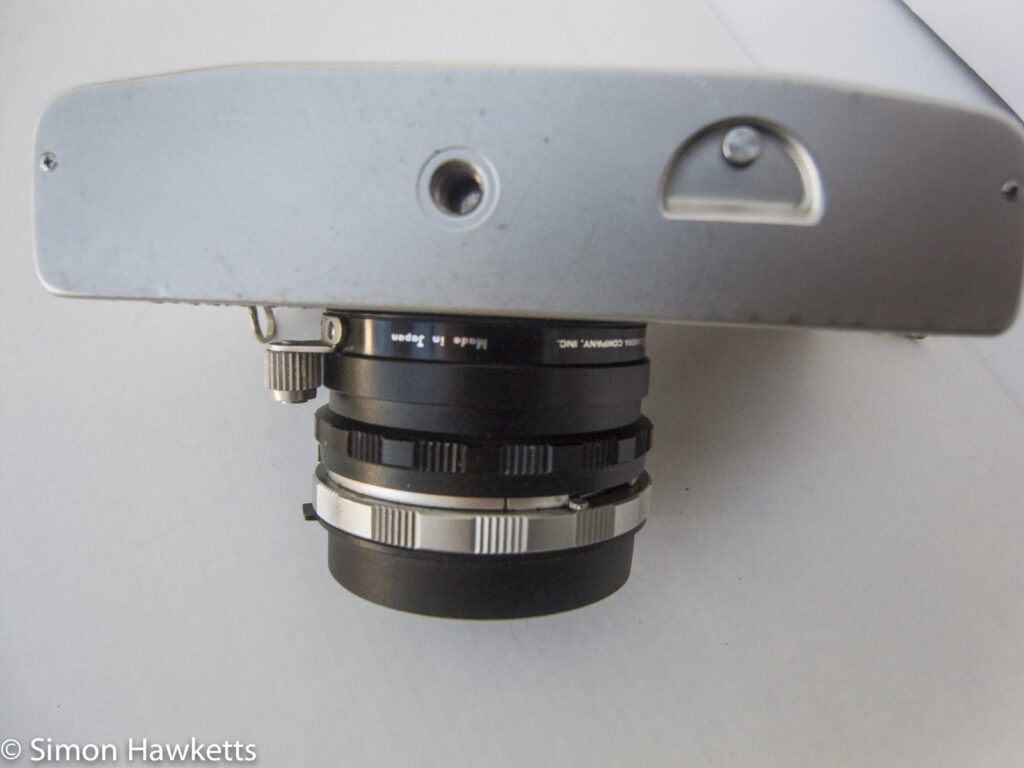
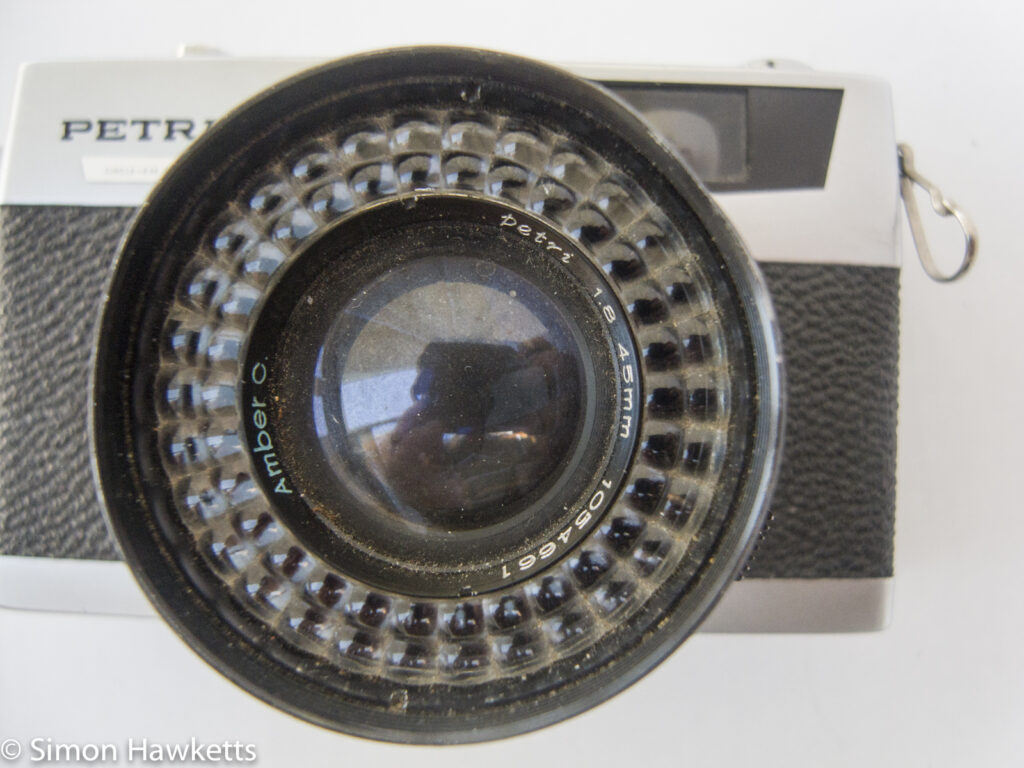
Description of the Petri 7S II camera
In design, the Petri 7S II is a fairly compact camera with a light meter built into the top to assist with exposure, a short throw focus lever which is operated with the left hand and a good set of aperture / shutter speed combinations.
The light-meter film speed setting is made with a dial which runs around the front of the lens housing and can be seen through a small window in the speed setting ring.
The spec makes the camera fairly unremarkable, being typical of the many rangefinder design cameras available in the 1970s, but the one item that does separate it from the many other cameras available at the time is its 45 mm f/1.8 lens. The majority of these rangefinder cameras would be fitted with an f/2.8 lens, so the Petri 7s II would have a slight advantage over those models, which may have been important if the owner was interested in low light photography.
There is no battery cell fitted to the camera – the light-meter runs from the current produced by the photocell which surrounds the lens – so I would guess it was probably a reliable camera in use. The basic specs of the example I have are :
- 45mm F/1.8 amber coated lens
- ISO range 10 – 400 ASA
- Shutter B + 1sec to 1/500 sec
- Flash sync at 1/30sec
- Aperture F/1.8 to F/16
- Manual film advance
- Focus from about 0.8M to infinity with coupled rangefinder
- Self timer (of about 10 sec)
- Shutter button with what looks like a cable release connector
- A flash hot shoe fitted to the top of the camera and a flash connector fitted to the lens barrel.
- Photo cell fitted round the lens opening (compensates for filters fitted).
- Light-meter visible through the viewfinder and on the camera top plate.
The exposure system of the camera is manual, with the inbuilt light-meter assisting in achieving the correct exposure. It works by selecting one part of the exposure (either shutter speed or aperture) and then adjusting the other one until the light-meter needle is in the centre of the range it covers. If the needle doesn’t get to the centre, then the original chosen parameter needs to be adjusted until it does.
This system was used in many cameras at that time, and I remember using it in the first SLR I purchased – a Petri MF1.
Other than the coupled rangefinder and exposure meter, there is no other indication of camera settings as you look through the viewfinder. Although this is not uncommon, it is certainly noticeably sparse when compared to another popular camera of similar vintage, the Olympus Trip 35 which showed the focus range and exposure settings in the viewfinder.
For other owners of this camera who may find it useful, the manual for this camera is available on-line here.
One day I may give the camera a clean and put some film through it.
Discover more from Everything Vintage
Subscribe to get the latest posts sent to your email.

